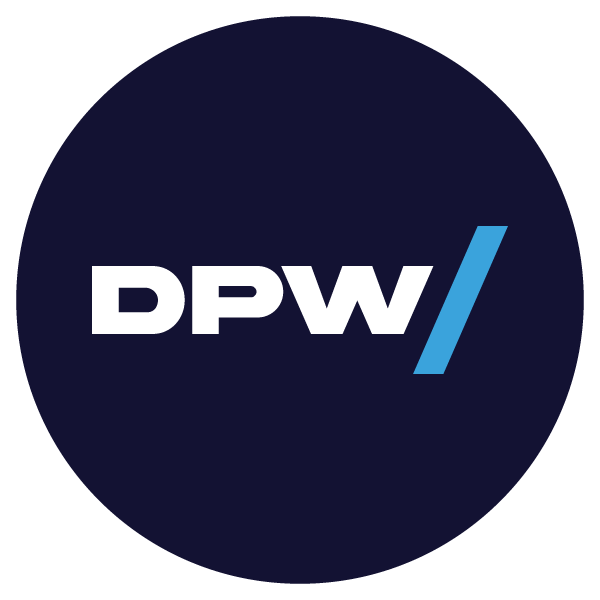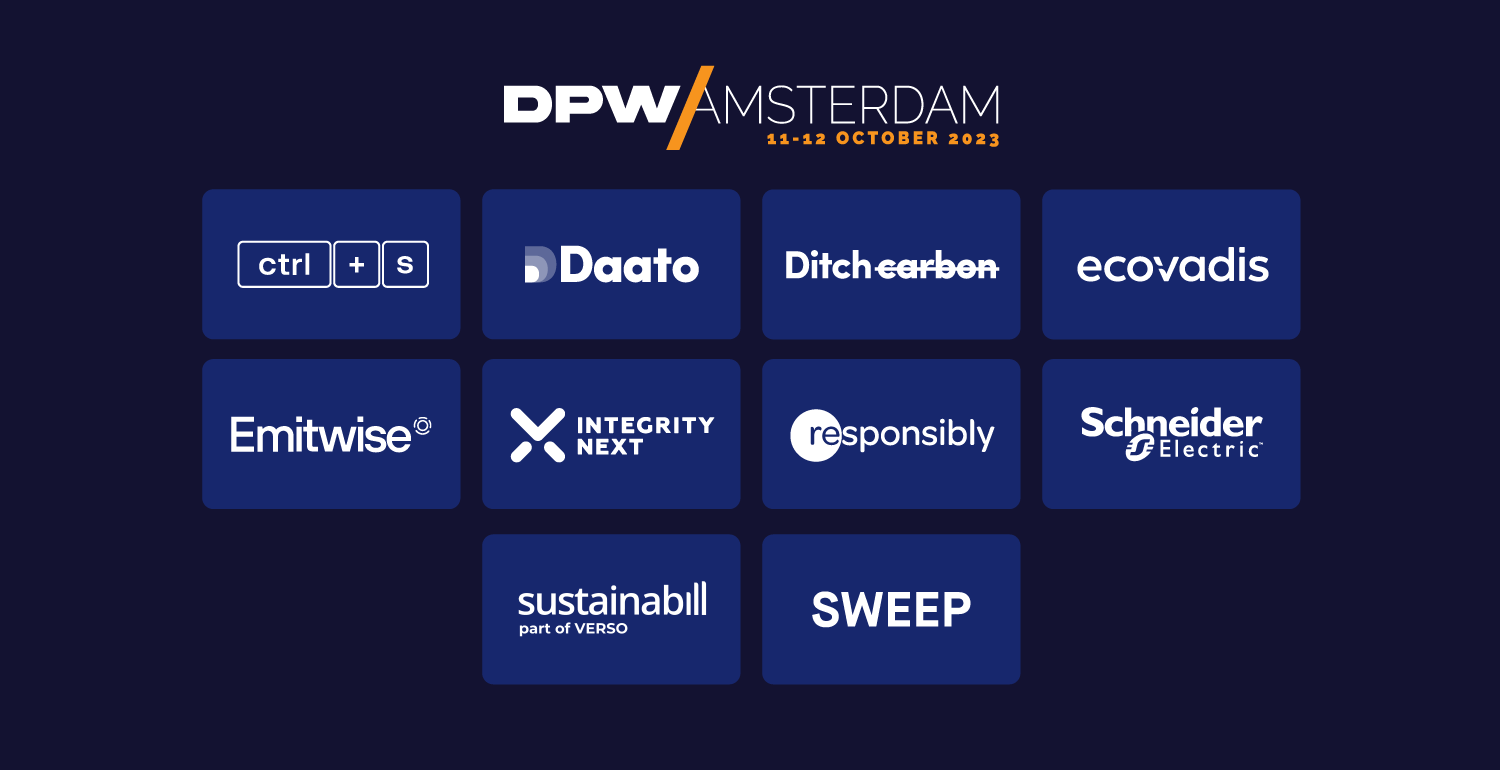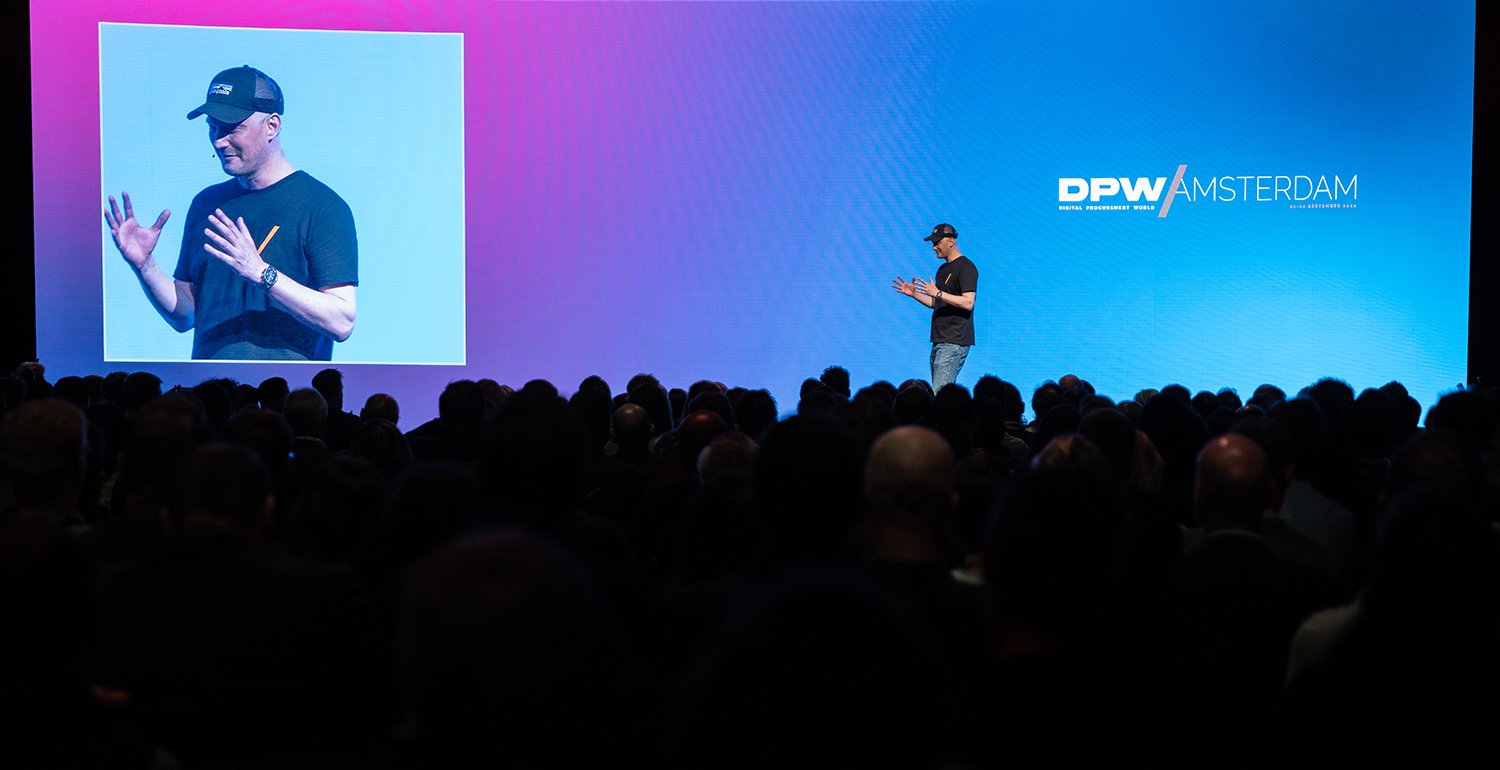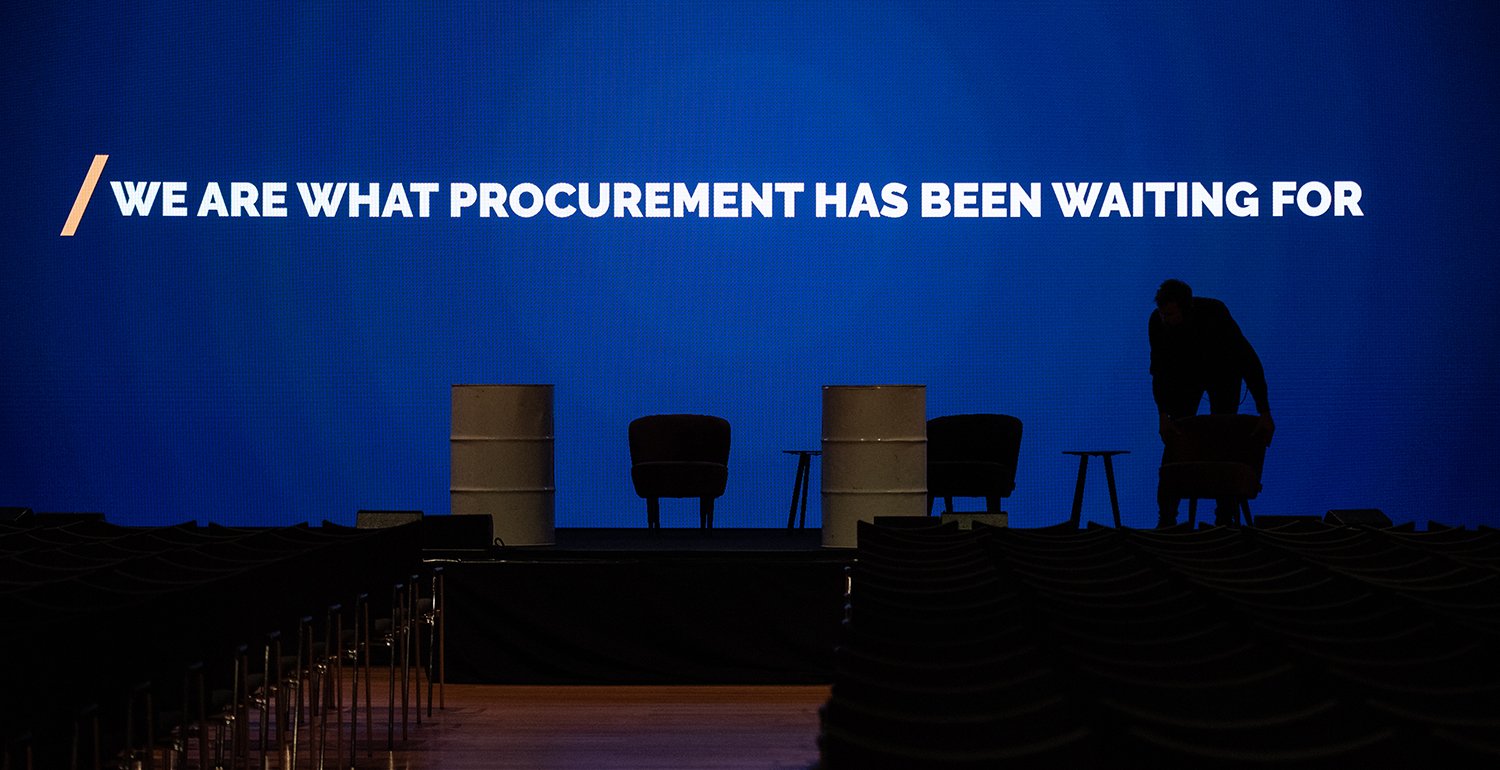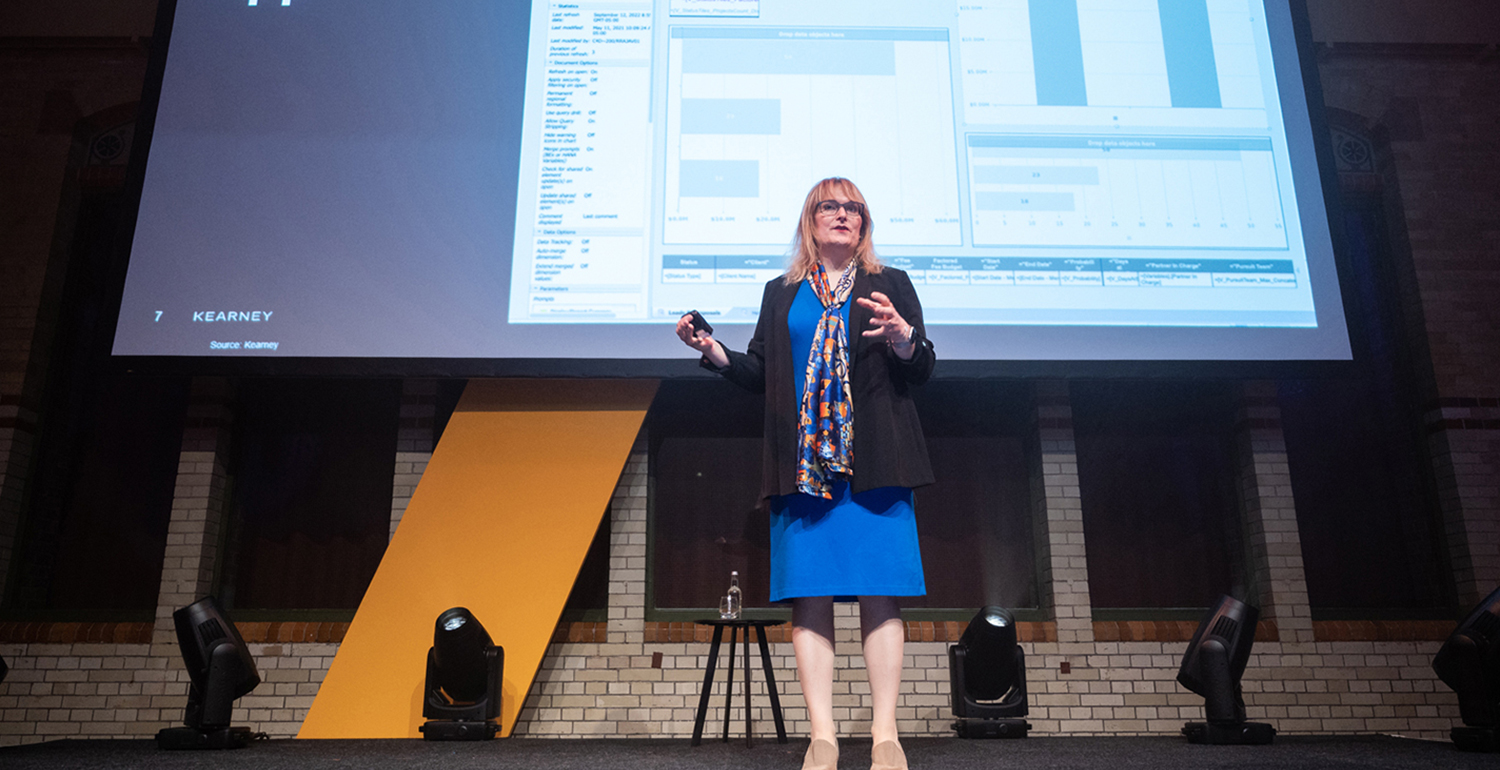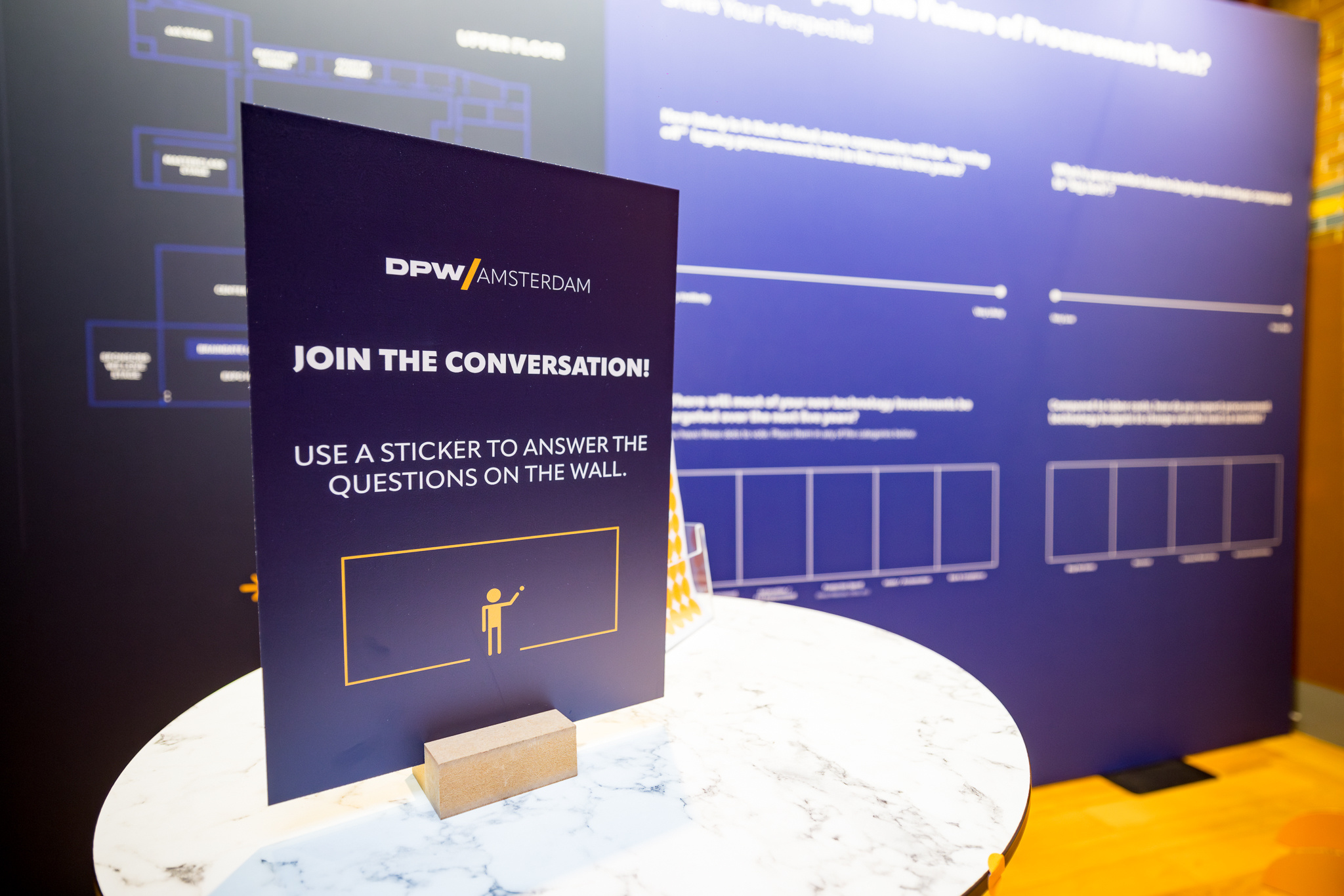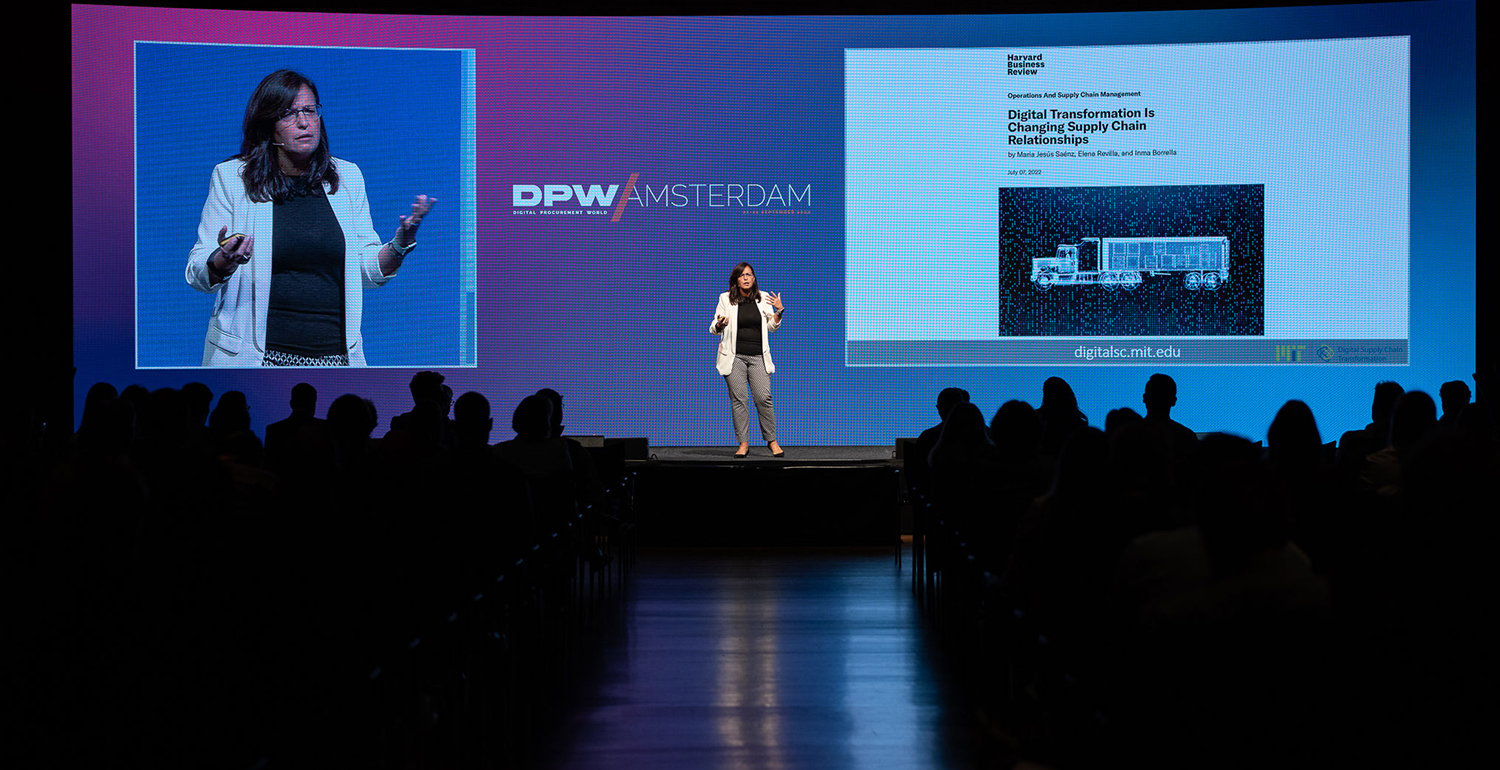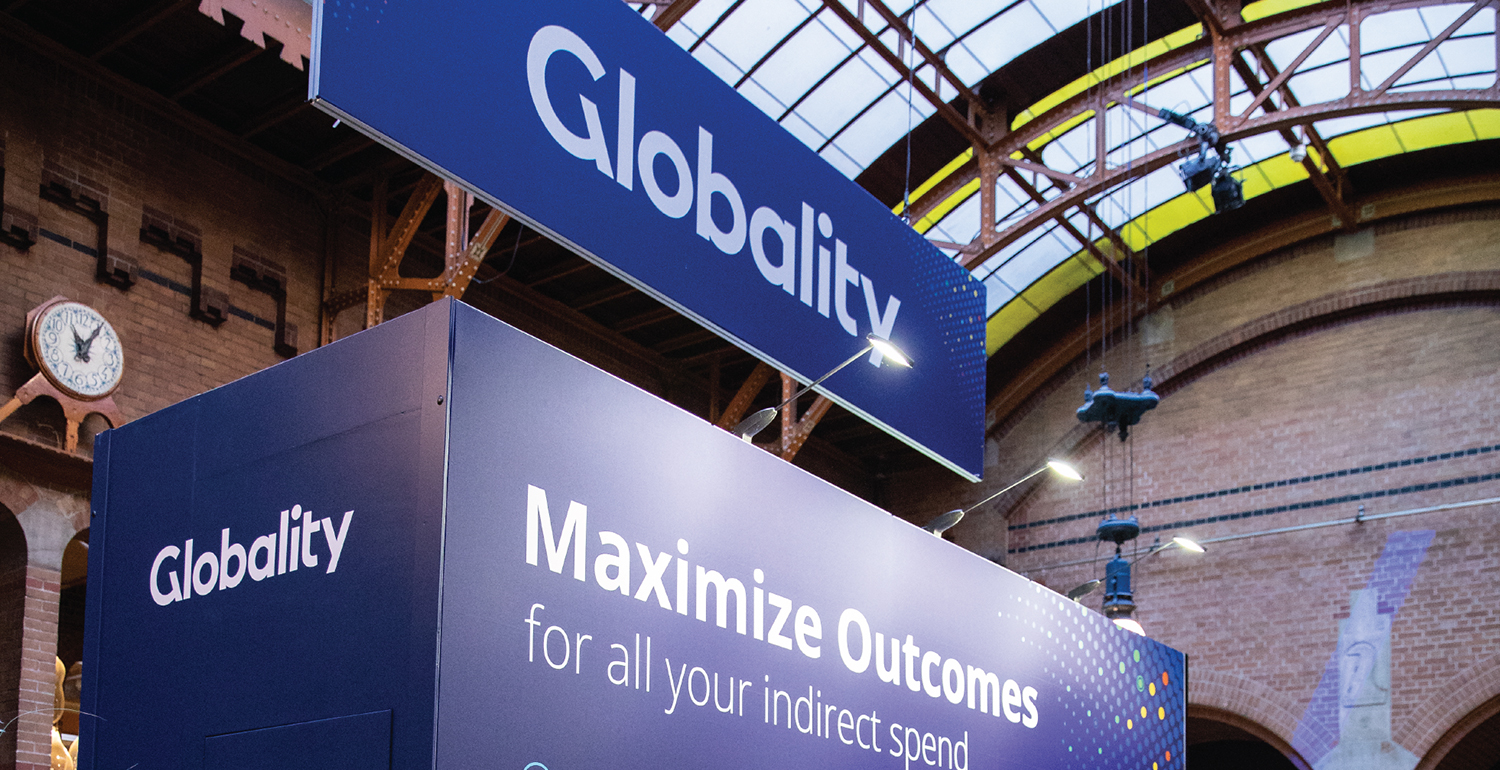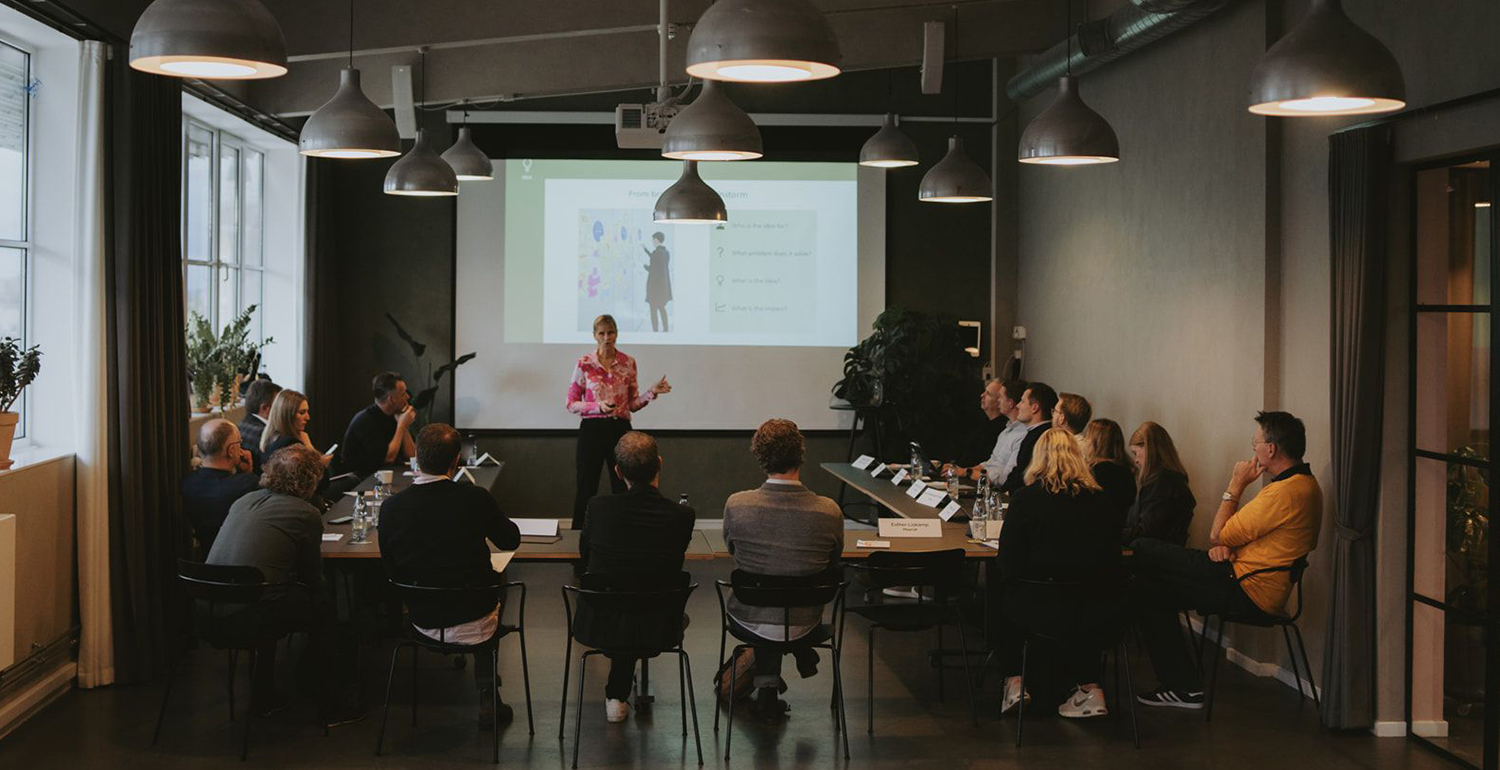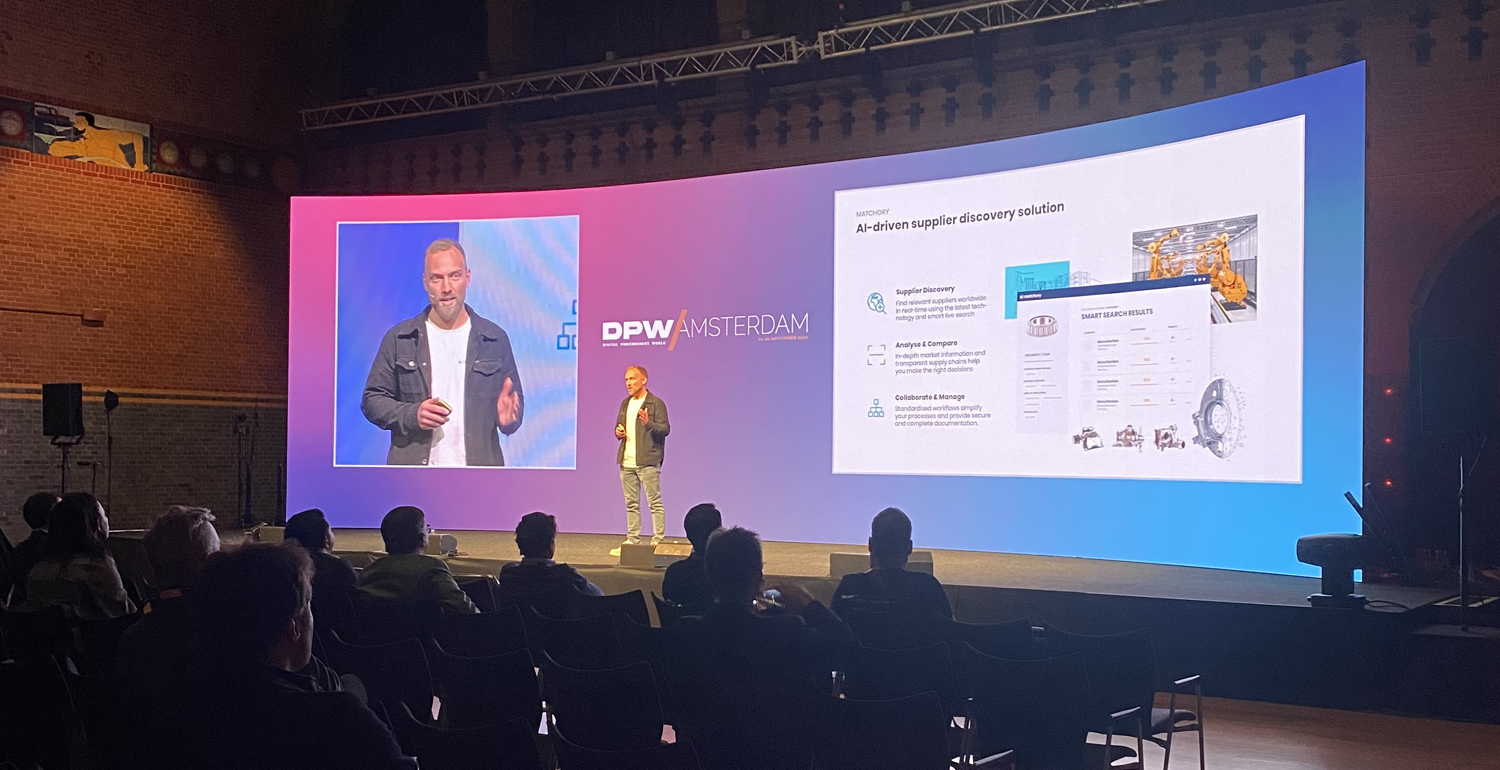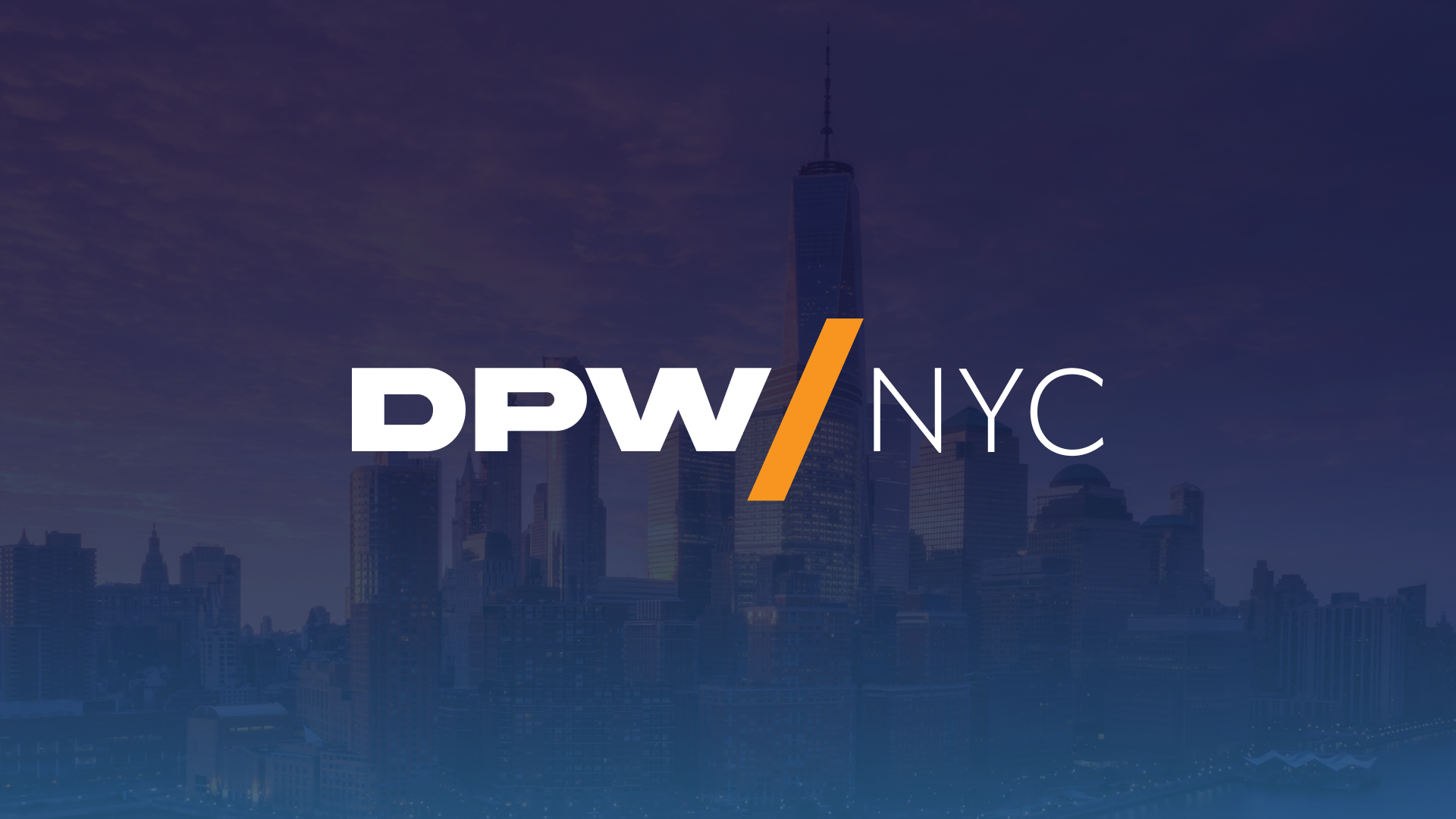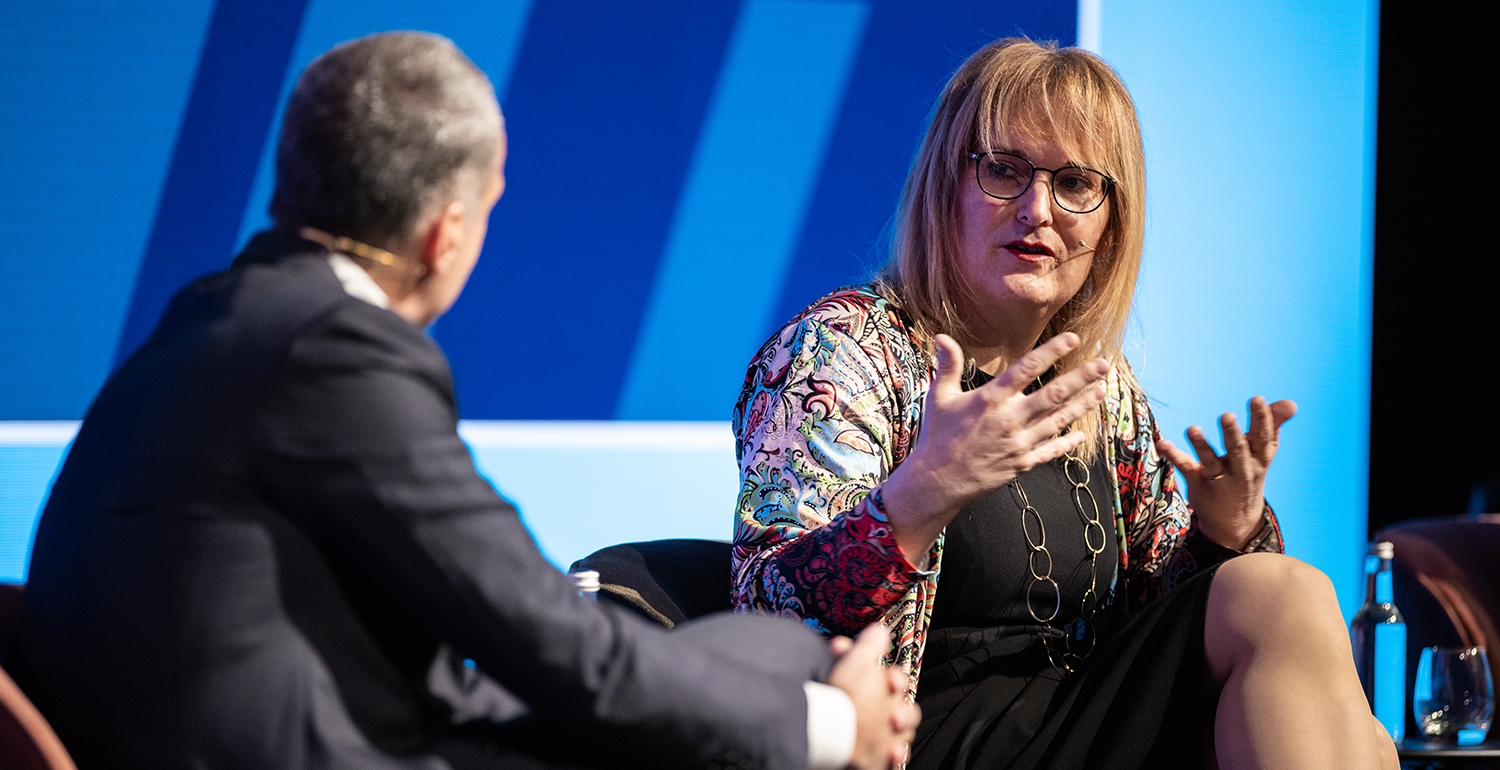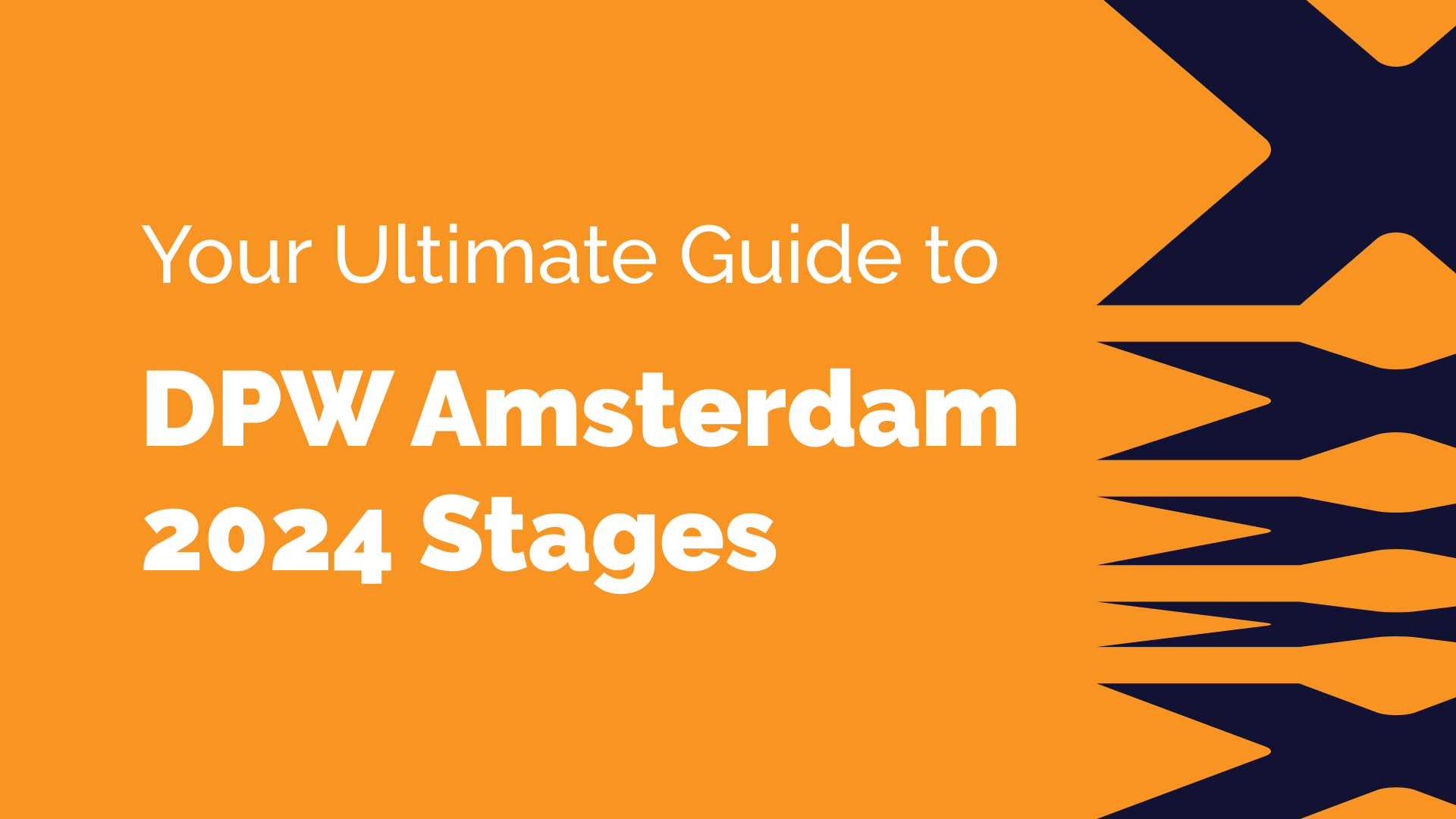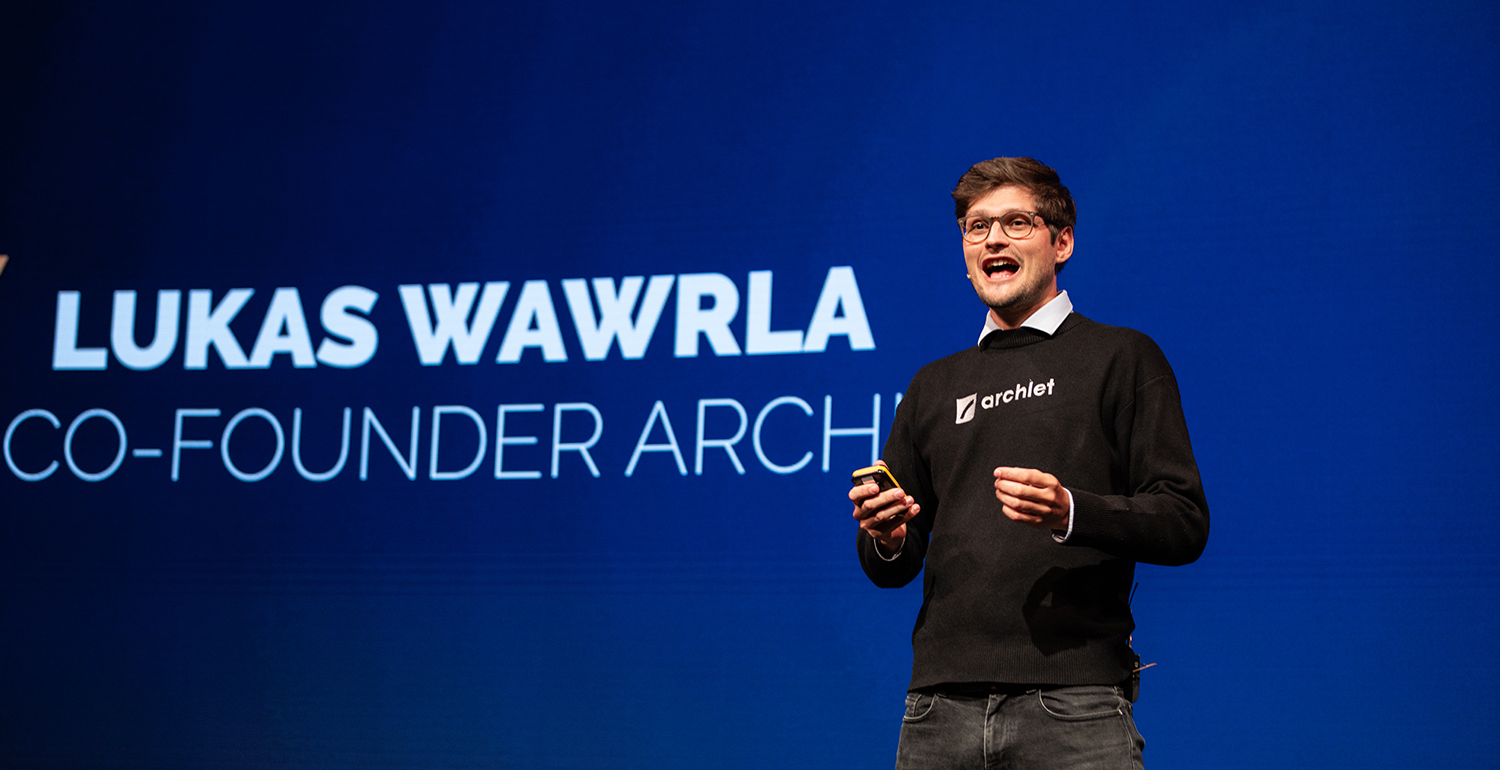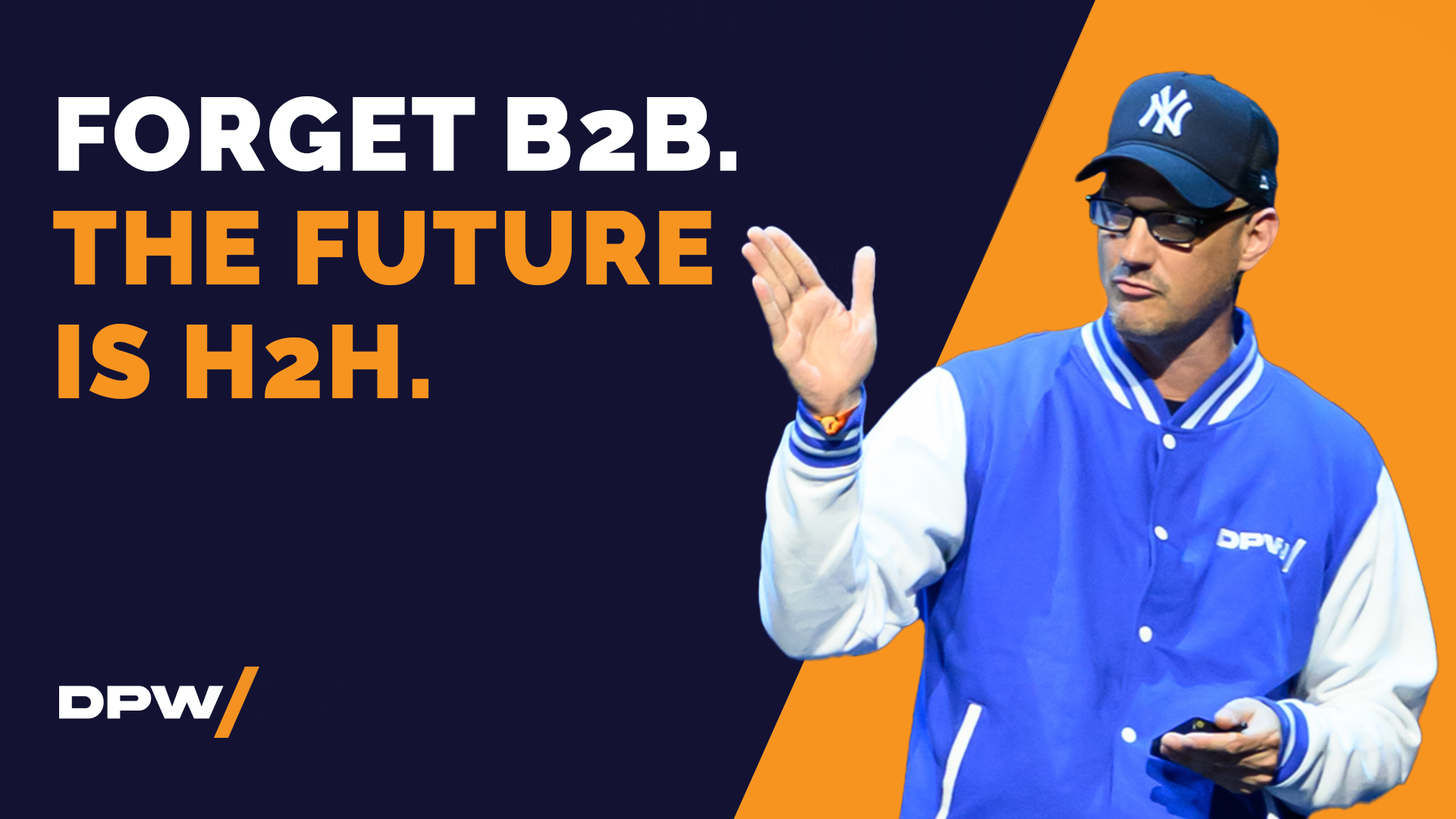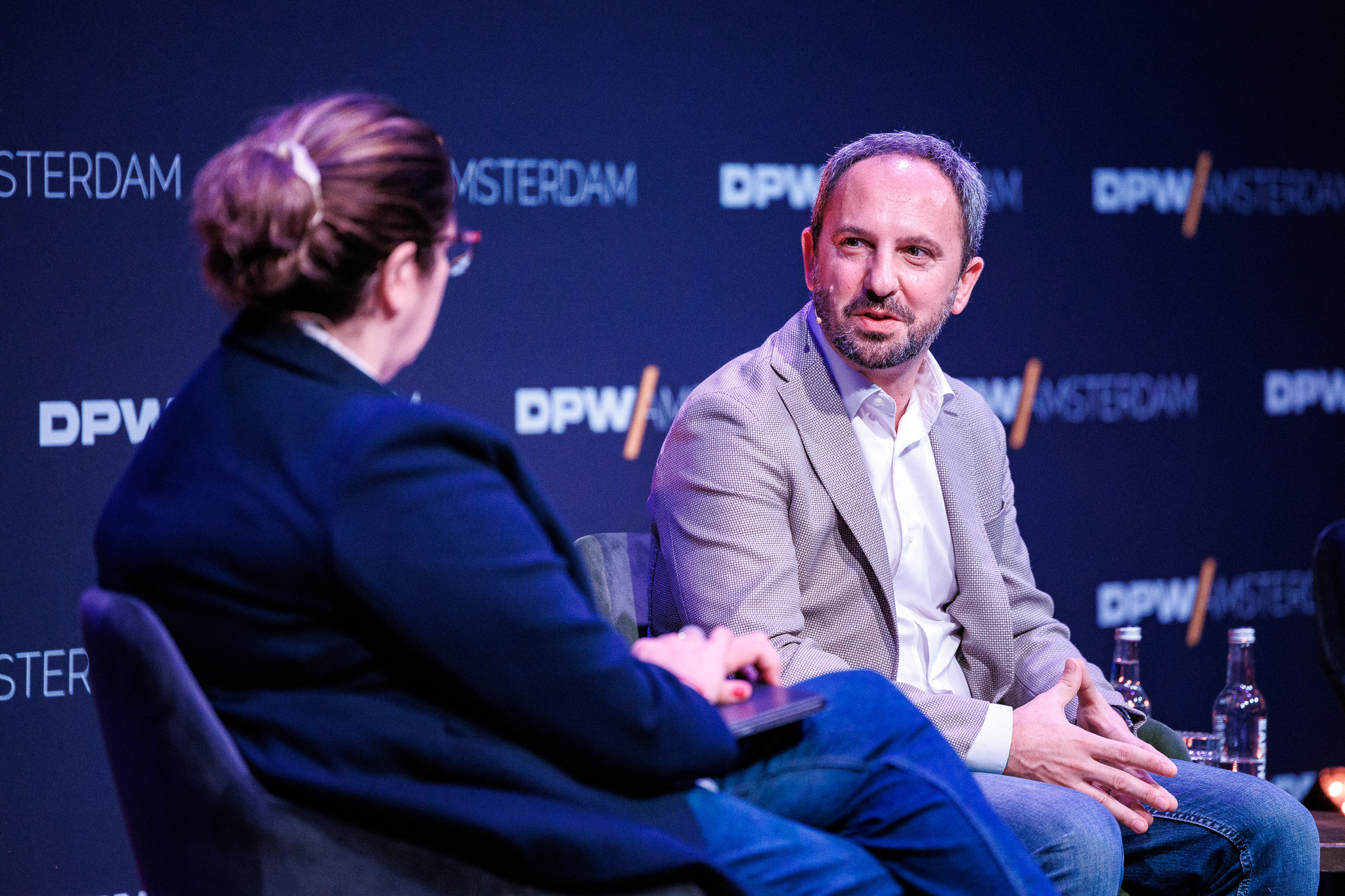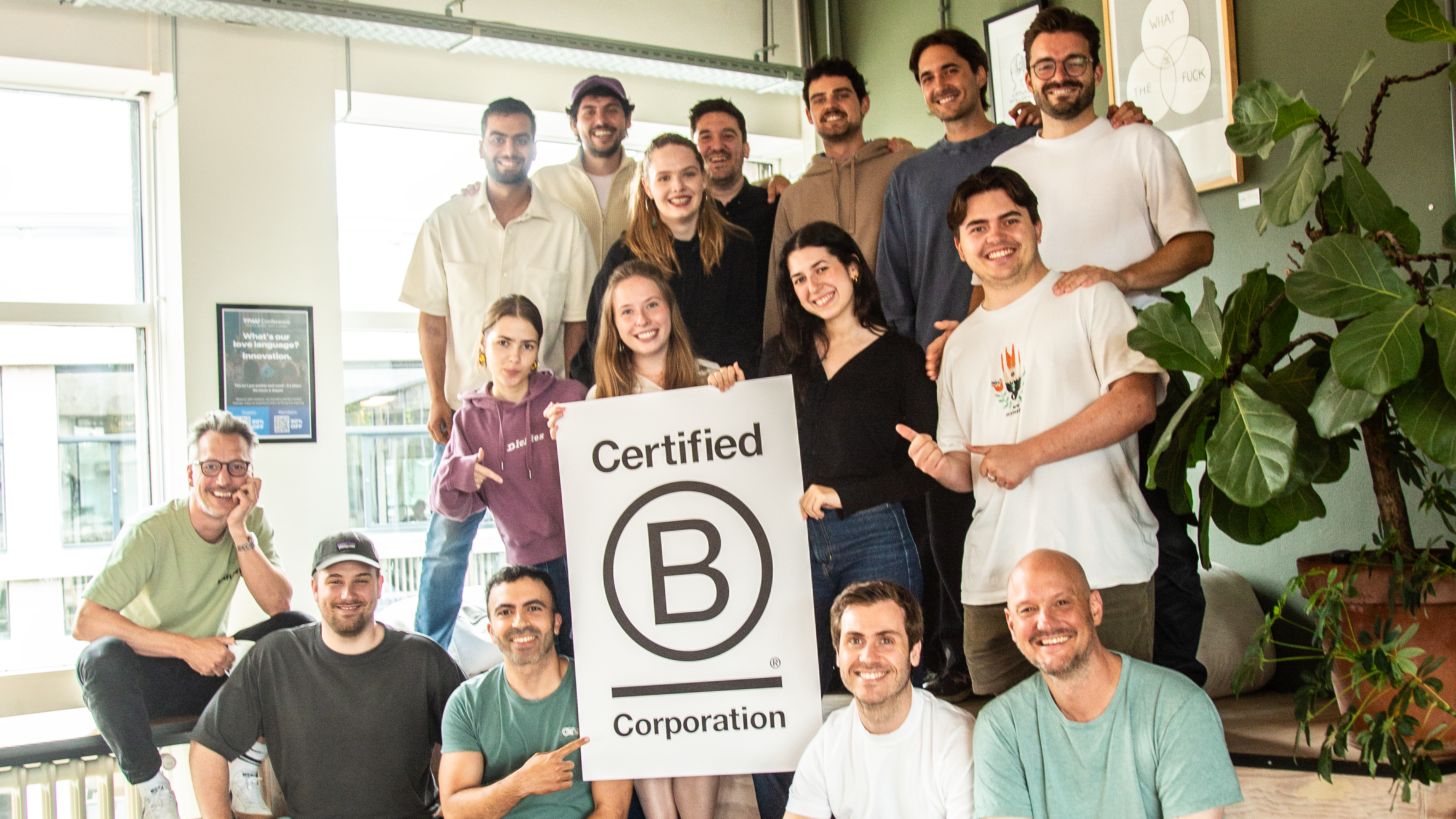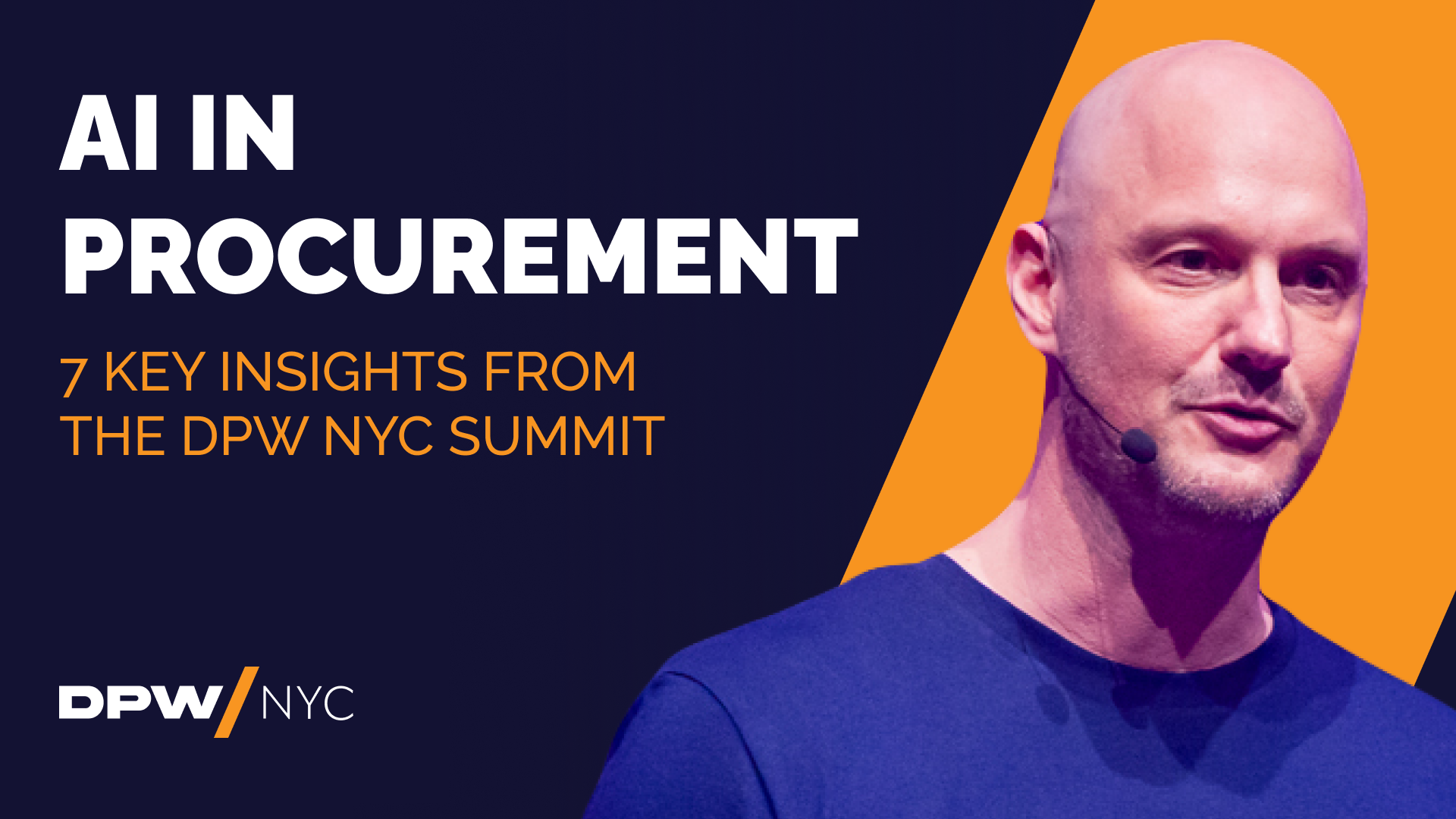For 2023 and beyond, sustainability remains one of procurement’s top priorities.
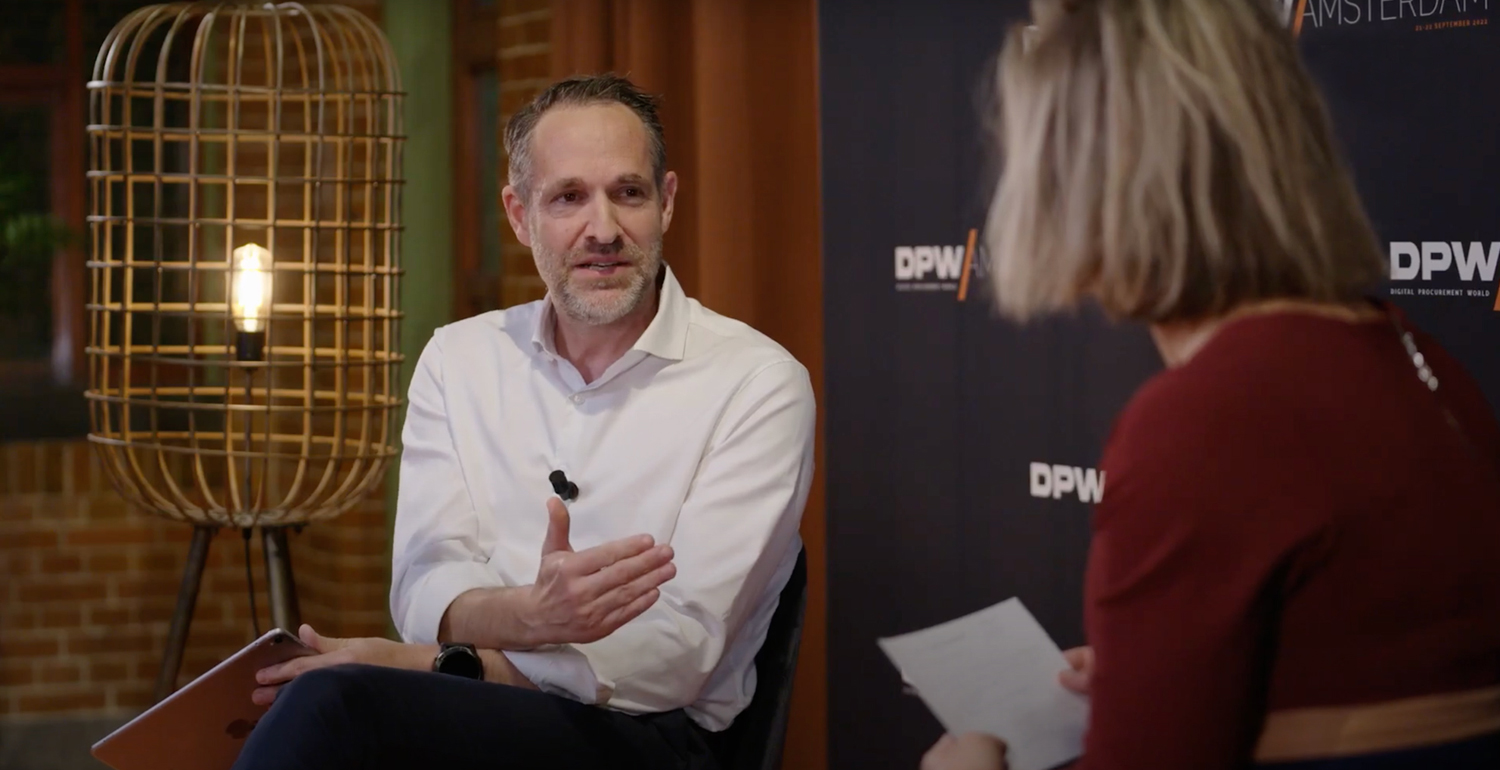
Sustainability is high on every procurement leader’s agenda. Across regions and industries, executives are telling us that becoming more sustainable is among their top priorities within a 5-10-year time span. But ambition is not equal to action: A recent McKinsey survey shows that 60% of companies have emission-reduction aspirations without an aligned strategy, 20% stated they consider sustainability measures in their sourcing decisions and supplier reviews—and less than 10% said they include sustainability in their category strategies.
-
 Björn-Uwe Mercker
Partner
McKinsey & Company
Björn-Uwe Mercker
Partner
McKinsey & Company
What will it take to deliver sustainability?
Eventually, accelerating decarbonization will be a full-organization task. The procurement function has an important role in driving a successful transformation at every step of an organization’s sustainability journey—from understanding where scope 3 emissions are generated in the value chain and getting access to green materials and energy, to collaborating with R&D on resource clean sheets to design carbon-abated products. Procurement analytics can help to deliver these aims.
When talking to leading organizations that have taken initial steps to embark on their sustainability journey, we typically see recurring themes to successfully accelerate the net-zero mission using procurement analytics solutions:
- Identifying, connecting, and combining spend data, weight information, and demand data with emission factors to get a granular view of a company’s carbon footprint.
- Developing ideas: from identifying the most impactful levers to understanding the actual ROI of these efforts.
- Defining targets and developing cross-functional business cases.
- Turning plans into action: bringing transparency and coordinating how to track emissions.
With these themes in place, companies can develop a holistic process leveraging McKinsey’s Catalyst Zero solution to address the challenge of carbon reduction along the four steps of Baseline, Value, Plan, and Act:
Baseline
Based on a company’s spend cube—all procurement data in a harmonized, cleansed, and comparable format—they can combine existing spend data with emission data. The key to success? A well-thought-of configuration engine to successfully map various internal and external ESG data points with spend data on a granular level—this can range from simple supplier location to more elaborate data on individual product levels.
Value
What’s the value behind this? By building an abatement curve on a granular level rather than on an entire industry view, e.g., on an organization’s products or categories, procurement leaders can identify different levers—from low-cost levers with an instantaneous impact to long-term levers where investments need to be made to reduce emissions in the long-run.
Plan
With priority levers identified, it’s time for the planning step: Companies need to create cost and impact business cases and translate the levers into actionable initiatives. In addition, with the help of product carbon clean sheets, organizations can implement product or cost component level tradeoffs.
Act
With a solid plan in hand, it’s time to ‘get our hands dirty’ and take this to action. For some part, this is quite a quick win and can be achieved by implementing a new currency into existing tracking and reporting tools next to traditional KPIs such as monetary savings.
The new currency of carbon reduction and overall ESG accounting will become more and more important—and so the time is now to embark on this journey and identify the most impactful moves that will contribute to achieving net zero.




